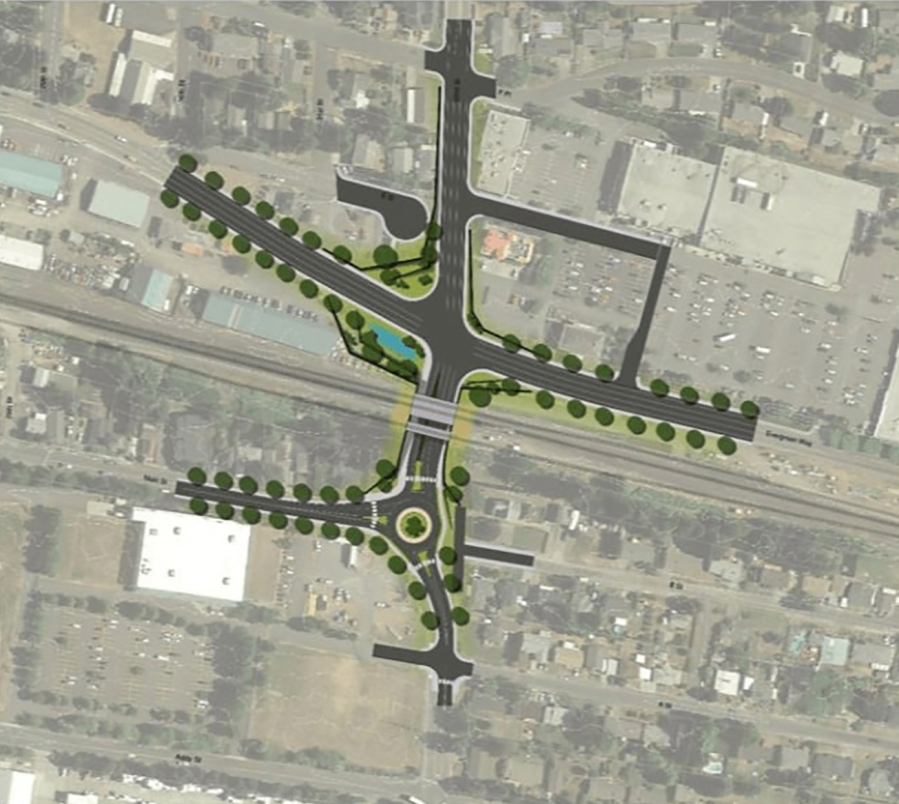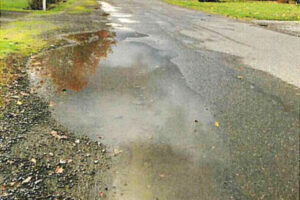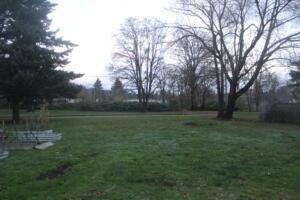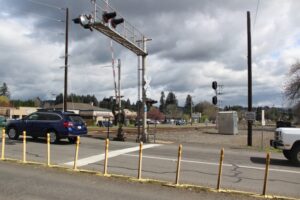The city of Washougal will receive a $40.5 million federal grant to fund the design and construction of its 32nd Street underpass project.
“This is very significant and welcome news for Washougal,” Washougal City Manager David Scott said. “We are all very excited to receive this grant award. Our overall reaction is one of extreme gratitude and excitement. We are very appreciative of the support and leadership of our federal delegation on the issue of rail safety and on our project specifically.”
Washington’s two Democratic senators, U.S. Sens. Maria Cantwell and Patty Murray announced the grant Wednesday, May 31.
The City’s $50 million underpass project will reconnect Washougal’s Addy Street neighborhood with its downtown and Port of Camas-Washougal areas by reconstructing five intersections along 32nd Street.
“I can now envision what that corridor is going to look like in five or six years from now. It’s going to be gorgeous,” Washougal City Councilwoman Molly Coston said. “It kind of puts us on the map again with all the other projects we’ve got going on. What I’m hoping will happen, and I’m sure it will, is that people will all of a sudden start to look at Washougal and say, ‘This little tiny community has got a lot going on. Maybe I want to have a business there.’ This could easily really spur another revitalization into our downtown core and some of our commercial corridors, and even out at the Port, for more business. I just can’t see that this is anything but a real celebration for us.”




